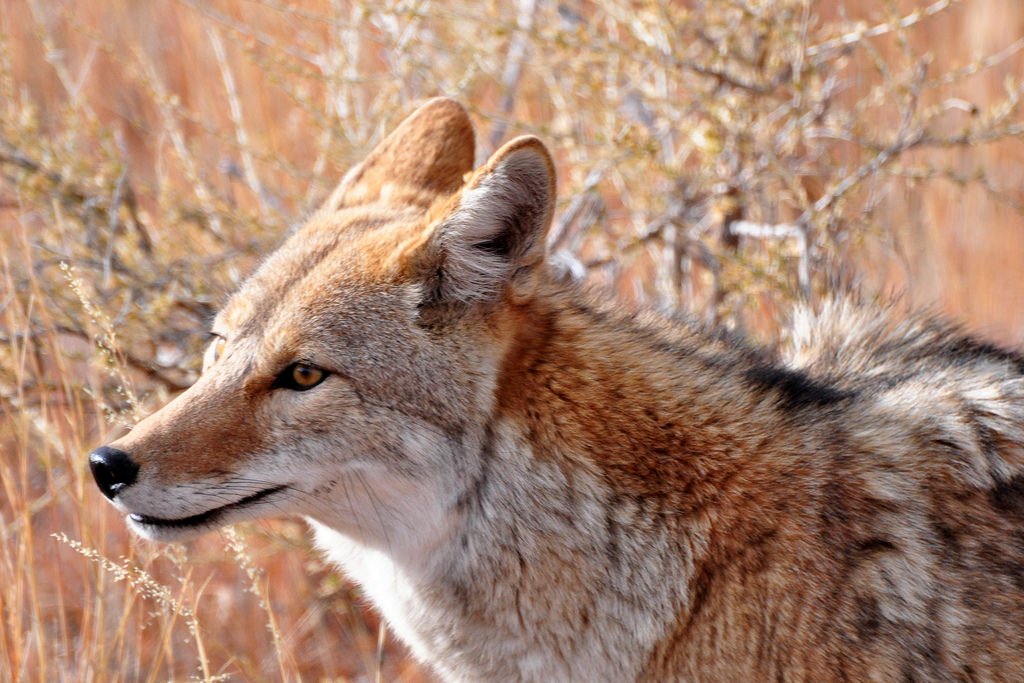
Along the United States-Mexico border, the term “coyote” means a human trafficker. These “coyotes” are paid sums of money to smuggle people across the border, often in life-threatening conditions. “Coyotes” often have ties to organized crime. But it turns out these aren’t the only “coyotes” who are good at crossing borders.
Coyotes of the animal world are quite skilled at border-crossings as well. In recent decades, these American canines have expanded their historical range to cover nearly every part of North America and Central America. In doing so, these wild animals have crossed many borders, both domestic and international.
Most impressively, they have crossed some physical borders also, including the Golden Gate Bridge and the Panama Canal.
The coyote, canis latrans, has been in the Americas since ancient times. They were here when humans and wolves first arrived from Eurasia. Wolves, which are larger than coyotes, became the dominant canine predators until wolves were hunted to near extinction in most of the United States.
During the time when wolves dominated, coyotes maintained a limited range, mostly in the western plains of the U.S., Canada, and Mexico. Native American folklore is rich with stories about the trickster coyote. Particularly in the stories of the Southwestern Indian tribes, coyote is portrayed with some affection as a cunning character who defies authority.
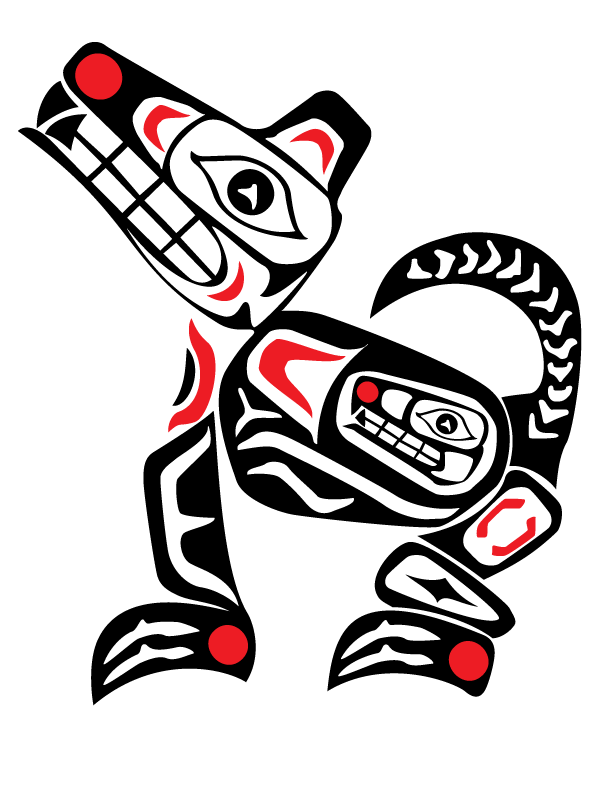
Westward expansion by settlers pushed out the wolves as people hunted them and converted land for agriculture. Fewer wolves, open spaces, and eventually even the human presence in cities, provided an opportunity for the smaller coyotes. They began to move beyond their western range. Today, coyotes live in most parts of the United States, Canada, Mexico, and Central America.
Coyotes have adapted well to humans. Their diet consists of rodents and other small animals, many of which are plentiful around cities and towns. There are some 60 coyotes living within the city of Chicago, for instance, where they have not attacked humans in the 17 years since they have moved in. Instead, they largely eat rats and keep the goose populations in check (mainly by eating goose eggs) in local parks and golf courses. In some other locations, urban coyotes have attacked humans or their pet dogs, but these occasions are rare.
When coyotes showed up in San Francisco’s Presidio and Golden Gate Park, no one was quite sure where they had come from. San Francisco sits on a peninsula of land, surrounded by water on three sides and only connected to the south. The Golden Gate Bridge (to the north) and the Bay Bridge (to the east) are the only other two major connection points.
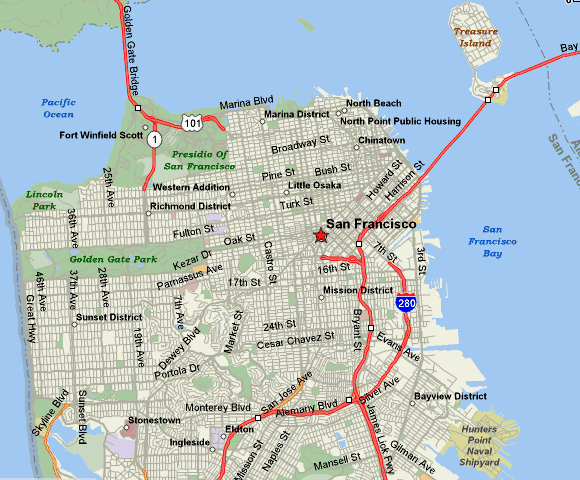
In 2002, the first coyotes began to appear in the Presidio, an old military base that is now part of the National Park system. The city of San Francisco extends for miles to the east and south, full of residential and commercial neighborhoods. But the Presidio is San Francisco’s northernmost point and it’s where the Golden Gate Bridge comes in.
The bridge is 1.7 miles (2.7 kilometers) long, spanning the strait that forms the mouth of the San Francisco Bay estuary. Because the ocean is either filling or emptying the bay most of the time, there is strong tidal action funneling through the strait beneath the bridge.
Swimming from the Marin Headlands in the north to San Francisco’s Presidio in the south is nearly impossible unless you time your crossing perfectly. I have friends who have swam or paddled across on a surfboard, but it is a very dangerous crossing. Anyone attempting this also puts themselves squarely in the path of huge cargo and cruise ships and other marine traffic that thread this gap in and out of the bay’s ports and marinas.
No self-respecting coyote would try that.
Scientists conducted DNA testing of the coyotes that, within a few years, spread throughout western San Francisco’s parks. And guess what they found? The coyotes’ DNA was a match for the Marin County population to the north of the Golden Gate Bridge. So how had these wild coyotes crossed 1.7 miles of dangerous waves, ship traffic, and tidal currents?
They took the easy way. Along with cars, bicycles, and tourists who visit the each day, the coyotes were simply walking across the Golden Gate Bridge.
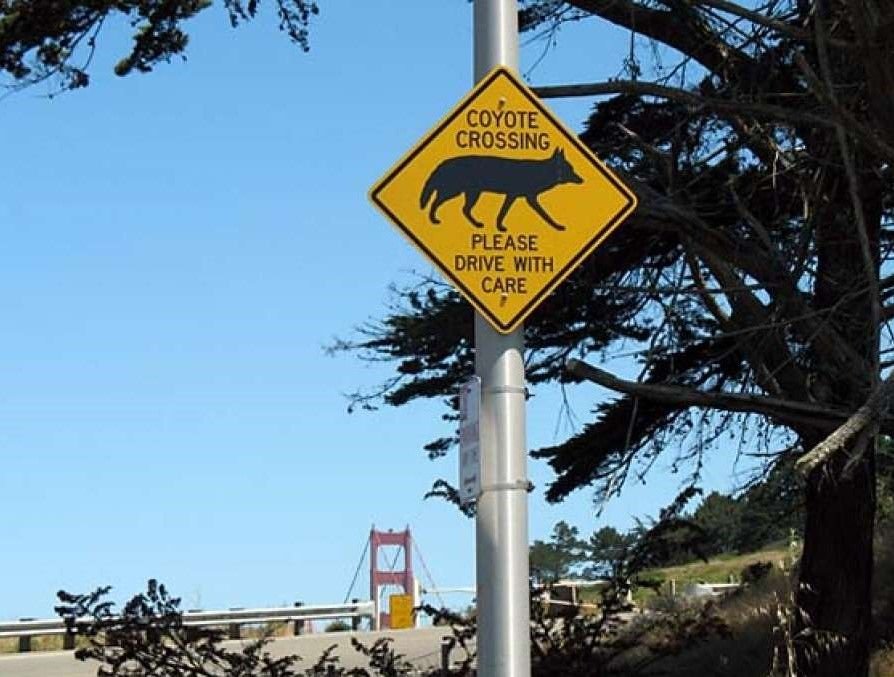
Photo credit: Sfgate.com
In the years since, security camera footage has confirmed that coyotes walk back and forth across the bridge during periods of low human traffic. People have spotted them walking there also.
If state and international borders do not stop coyotes, then why should a steel and concrete bridge pose an obstacle?

Here is a news video about coyotes in New York City.
Coyotes today inhabit Alaska and all the lower 48 U.S. states, plus Canadian provinces from Newfoundland to British Columbia. Apparently, they reached the island of Newfoundland by crossing the ice pack in wintertime. In the northeastern United States and eastern Canada, where the eastern coyote is larger than its western counterparts, DNA testing has shown that these are a hybrid between coyotes and wolves. Yes, an entirely new predator has been created there, thanks in part to human pressures on the animals’ populations.
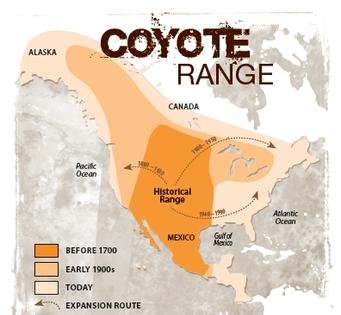
But while wolves generally have been hunted out of existence in most of these lands, coyotes have thrived alongside humans. They have moved south through the Americas as well. Today, coyotes live throughout Mexico, El Salvador, Belize, Honduras, Nicaragua, and Panama.
But for any land animal expanding its range southward, Panama poses some huge problems. For one thing, there is the Panama Canal, which splits the isthmus. If one manages to cross the Panama Canal, there is still the notorious Darien Gap, a 90-mile stretch of jungle and swamp. The Darien Gap is so impenetrable that few humans have ever crossed it. The Pan-American highway stops on each side of it; vehicles and goods must be shipped around the Gap.
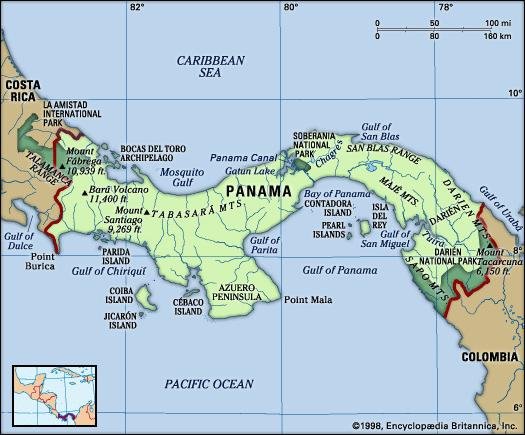
Panama map. Source: Encyclopedia Britannica.
Yet somehow, coyotes have made it into eastern Panama, the portion that connects to points south. From there, if they can cross the Darien Gap, they will be in Colombia. And perhaps they will settle South America as well.
How have coyotes managed to reach Eastern Panama? Most likely, they needed to use human infrastructure (such as ships) to somehow navigate the Canal. Coyotes can become fairly tame around humans and dependent on people who feed them. Have they been helped by people? Or have they somehow crossed the canal by stowing away on boats?
We don’t know. But Native American legends say that the coyote is a trickster who likes to defy authority. Apparently, they don’t have much respect for borders, either, whether these are made by humans or by nature. These American natives have reclaimed most of North and Central America and they may not be done yet. Hopefully, their impact on the environment is not too adverse in the areas they are now reaching for the first time.

Photo credit: Creative Commons via Flickr by Dru Bloomfield.
Chicago Coyotes: https://www.dnainfo.com/chicago/20160512/downtown/coyotes-chicago-have-it-good-experts-say-urging-city-ignore-them
San Francisco Coyotes: http://hoodline.com/2015/01/san-francisco-s-latest-fortune-hunters-the-coyotes-of-golden-gate-park
Newfoundland Coyotes: http://www.thewesternstar.com/opinion/letter-to-the-editor/2010/7/2/coyotes-how-did-they-really-get-here-1483319.html
Eastern Coyotes are Wolf Hybrids: http://earthsky.org/earth/eastern-coyotes-a-hybrid-but-coywolf-is-not-a-thing
Coyotes Cross the Panama Canal: https://retrieverman.net/2014/09/15/coyotes-have-crossed-the-panama-canal/
Coyotes on Wikipedia: https://en.wikipedia.org/wiki/Coyote
Top image credit: Creative Commons via Flickr by Larry Lamsa.
